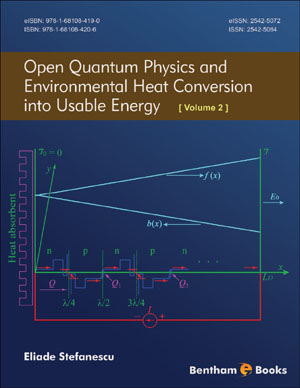Abstract
The greatest number of practical applications the boundary layer is turbulent rather than laminar. Alternatively, more precisely, the bulk of the boundary layer is turbulent, with a thin laminar sublayer near the wall. Physically, turbulence acts to magnify enormously the local, instantaneous gradients of velocity, and thus is greatly augments the viscous stresses and acting in the fluid. The most important practical consequence of this is that the skin – friction for turbulent boundary layer are several orders of magnitude layer than the corresponding values for a laminar boundary layer at the same Reynolds number.
In this chapter, a brief description and derivation of turbulent boundary layer equation. The relation between stress (Reynolds and viscous stresses) and pressure gradients i.e. the relative magnitudes of the viscous and Reynolds stresses across a boundary layer. An estimation of laminar sub – layer due to neglecting the Reynolds stresses and the inner region of the turbulent layer by neglecting viscous term. The skin friction coefficient as a function of x and derived their relation with velocity profile along turbulent region.
Keywords: Laminar sub–layer, Reynolds and viscous stresses, Skin friction, Turbulent boundary layer equation.













